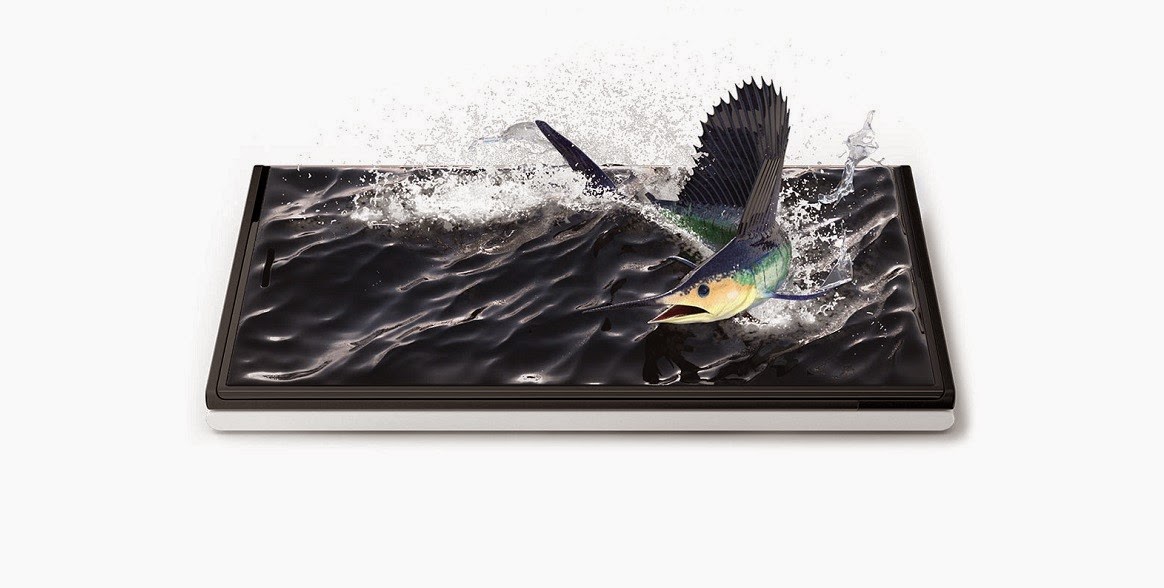
Sony is a little bit behind with Android 5.0 Lollipop rollout for Xperia Z series, but this situation won't last for too long now. The Japanese company has finally shared some details on the Lollipop update status.
According to Sony, Android 5.0 Lollipop is now in the final stages of testing, which means development is now over and the update should be released in the coming weeks. The handset maker also stated that is still focused on deploying the update soon and that it's optimizing Android 5.0 Lollipop for entire Xperia Z Series. They also promised more information on the rollout of the update, though judging from the previous experience, Sony will just start seeding Lollipop and then announce it officially.
It appears that...



 3/02/2015 10:27:00 PM
3/02/2015 10:27:00 PM
 dannzfay
dannzfay

















